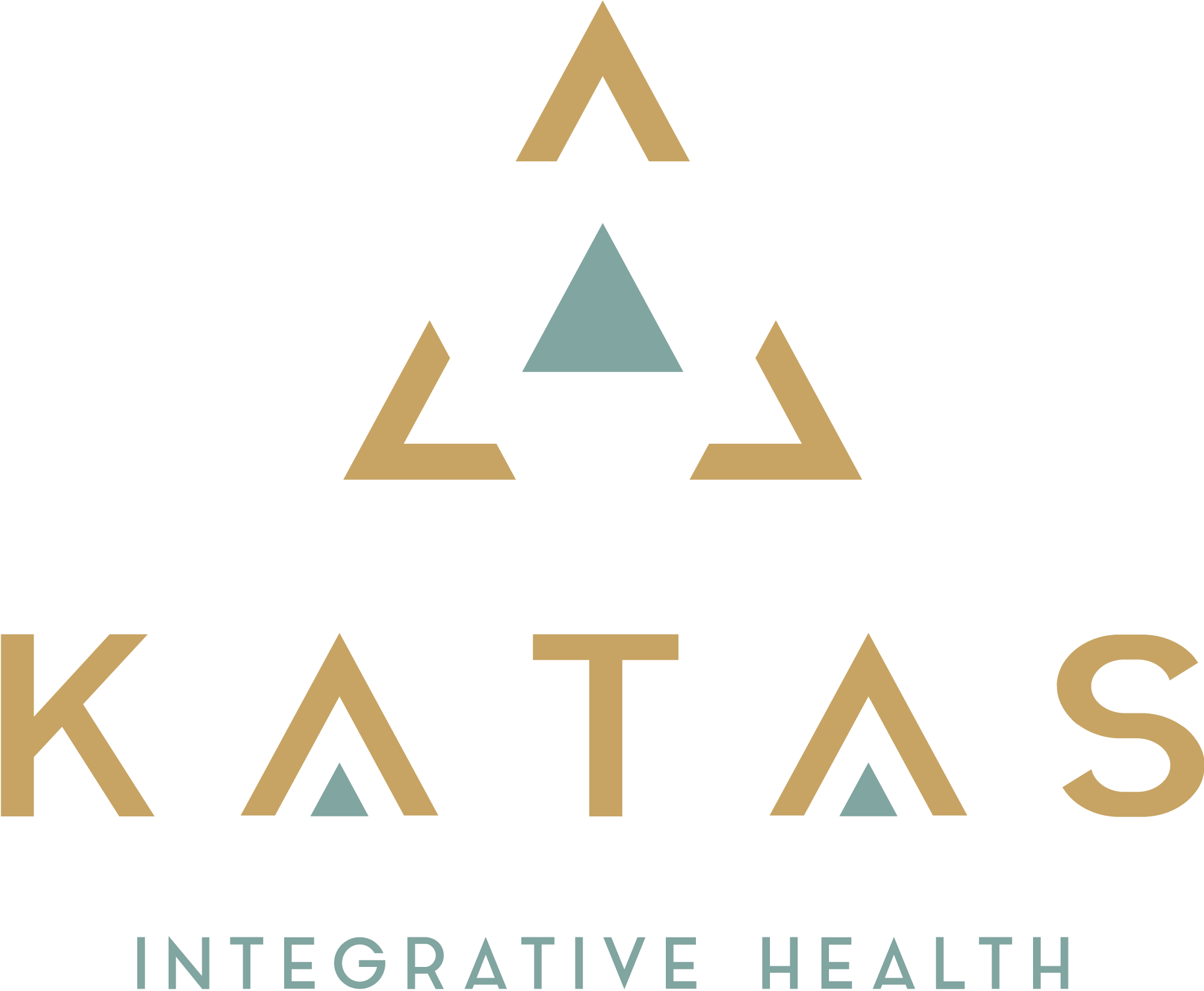Cupping is a therapy developed thousands of years ago, involves the placement of glass, bamboo, or plastic cups on the skin followed by the process of creating a vacuum inside each cup by suctioning out the air to lift and suck the tissue underneath into the cup.
The purpose of the therapy is to create better circulation, relieve pain, and release toxins from the body through the skin. This happens by using pressure to pull the tissue, skin, and muscles upward, thus expanding the capillaries to increase blood flow and oxygen to areas in need of therapy. Additionally, Cupping promotes a relaxation response in many people, which is an excellent method for relieving stress.
Cupping Methods
There are many different cupping methods, the three cupping techniques most often used in cupping therapy are Dry Cupping, Massage Cupping, and Wet Cupping. Dry cupping remains the most widely used.
By releasing toxins and stimulating blood flow, Cupping is used as a preventative and curative therapy for many conditions and ailments and relaxation and overall wellbeing.
Benefits of Cupping
Restoring digestive health – Cupping promotes relaxation, which in turn helps to relieve stress and improve digestion by stimulating the digestive tract to breakdown and process foods properly.
Pain relief from injury or sore muscles – Cupping for muscle injury and pain works on this theory by bringing blood to the sight of injury to promote healing. This technique allows for the creation of new blood cells, and the blood brings with it the nutrients, blood platelets, and white blood cells needed to help the body recover faster.
Cellulite mobilization – Cupping is excellent for cellulite because it breaks up fat stores through massage cupping. The increased blood flow stimulates the lymphatic system to release the toxins stored in the fat cells.
Migraine and headache relief – To relieve headaches and migraines, Cupping is performed on the base of the neck, forehead, and cheekbones to relax the muscles and increase blood supply to the brain, thus relieving pain.
Lowering high blood pressure – Wet Cupping is usually recommended for high blood pressure because with small punctures in the skin, the body can pull out some of the thicker blood in the system allows for thinner blood to circulate freely, thus relieving the pressure.
Care for depression and anxiety – The act of Cupping is excellent for anxiety because of the calming effects of removing toxins and stagnant energy. The negative pressure applied through suction is said to pull negative energy up from the body and increase blood circulation, which helps to rebalance serotonin levels causing reduced feelings of anxiety, stress, and depression.
Insomnia – The stress relieving and hormone balancing effects of Cupping also help improve sleep by calming the nerves and mind to help the body produce the sleep hormone melatonin. Additionally, by improving circulation, Cupping helps create balance with the body’s basal metabolic temperature, allowing the body to maintain a comfortable temperature for optimal sleep.
What to Expect
During Treatment
Cupping sessions are often used along with other therapies like acupuncture, acupressure, or massage. Sessions typically begin with a consultation to discuss your concerns to help determine your needs’ best treatment.
Depending on the nature of the condition, the cups used can number anywhere from 1 to several, and they may remain in place anywhere from 2 minutes up to 10 minutes at a time. Receiving Cupping may feel slightly uncomfortable due to the suction, but you should not feel any pain in the process.
After Treatment
One of the most common misconceptions about Cupping is that the round, red circles sometimes left on the skin after a cupping session are bruising caused by broken capillaries. The discoloration can occur because Cupping draws dead cellular debris, poisons, stagnation, and excess fluids to the skin’s surface for the lymphatic system to drain away. It is believed that the more visible the discoloration, the greater the level of stagnation and toxicity to be cleansed. The discoloration will fade over a few days as the body purges toxins.
When not to use Cupping treatment?
- Anyone who bleeds easily or cannot stop bleeding
- Pregnant women
- Menstruating women
- For those with metastatic cancer
- Those with bone fractures
If you have any questions regarding Cupping, please contact our office. If you would like to schedule an appointment to discuss use our online scheduler.
Resources on Cupping
Axe, Josh, Dr. (2017). “Cupping Therapy: Alternative Medicine for Pain, Immunity, and Digestion”. Retrieved from https://
www.youtube.com/watch?v=oZmm68phoV4, 4/18/2018.
Cupping Resource. (n.d.). What is Cupping Therapy,



